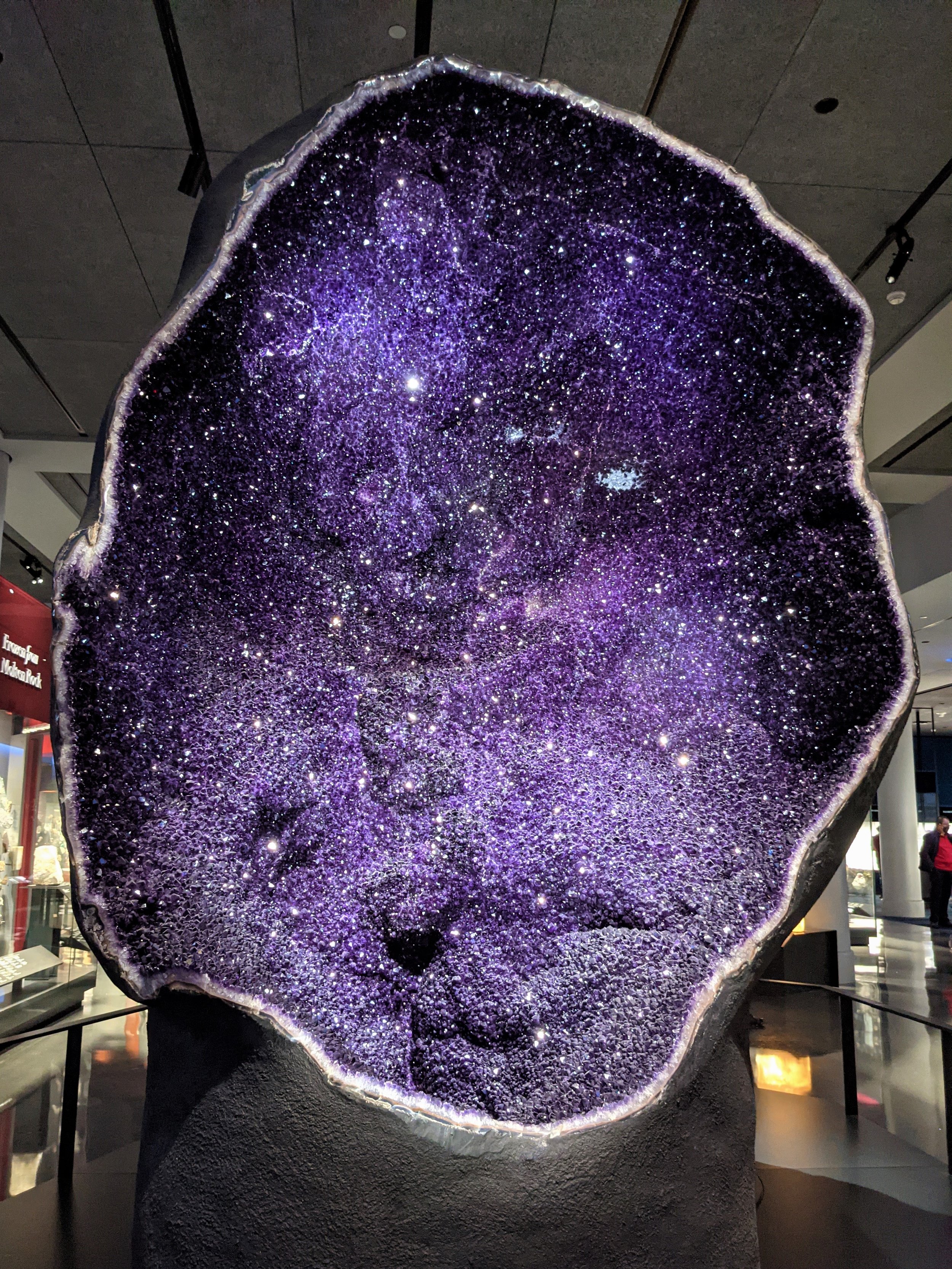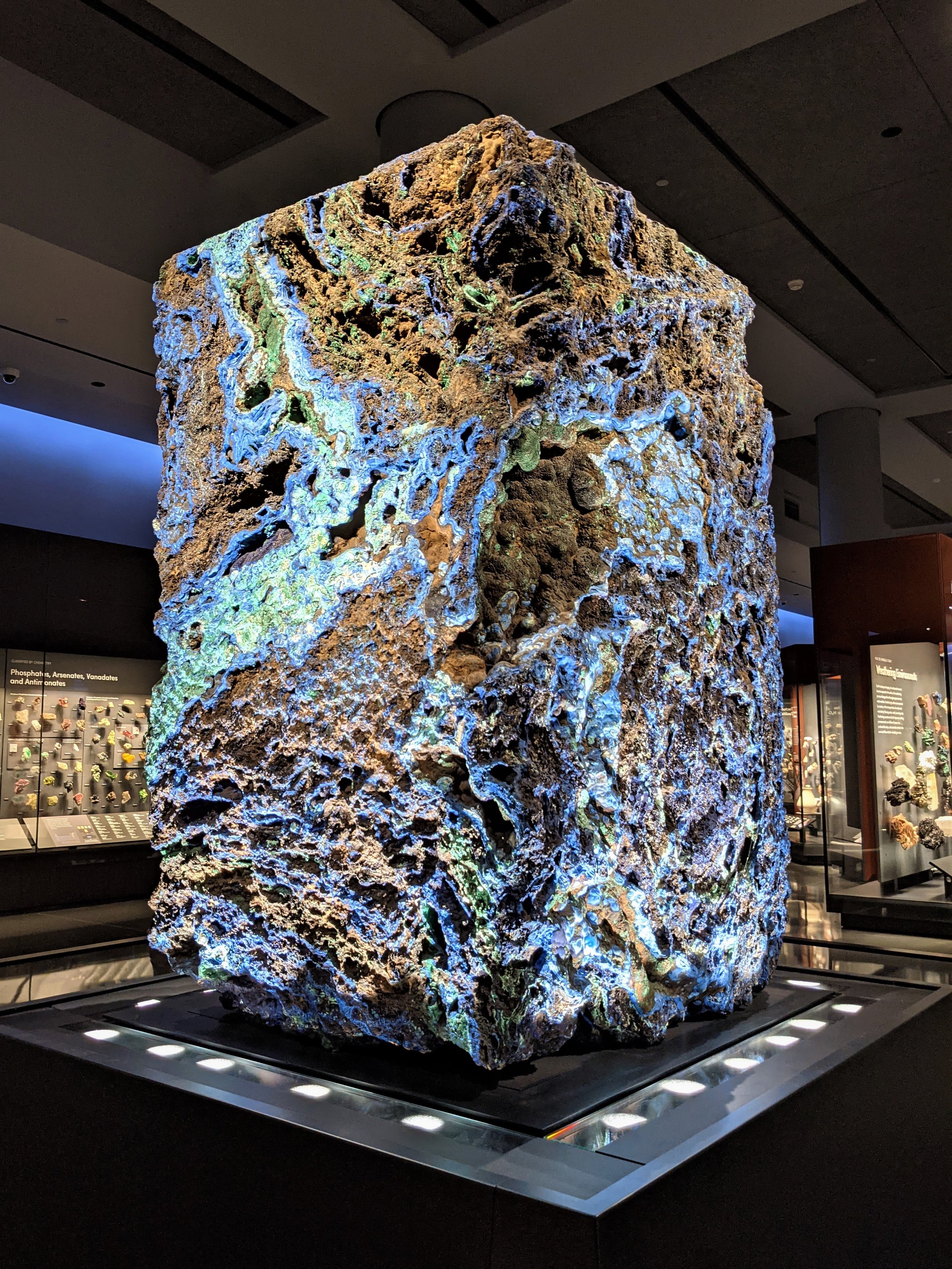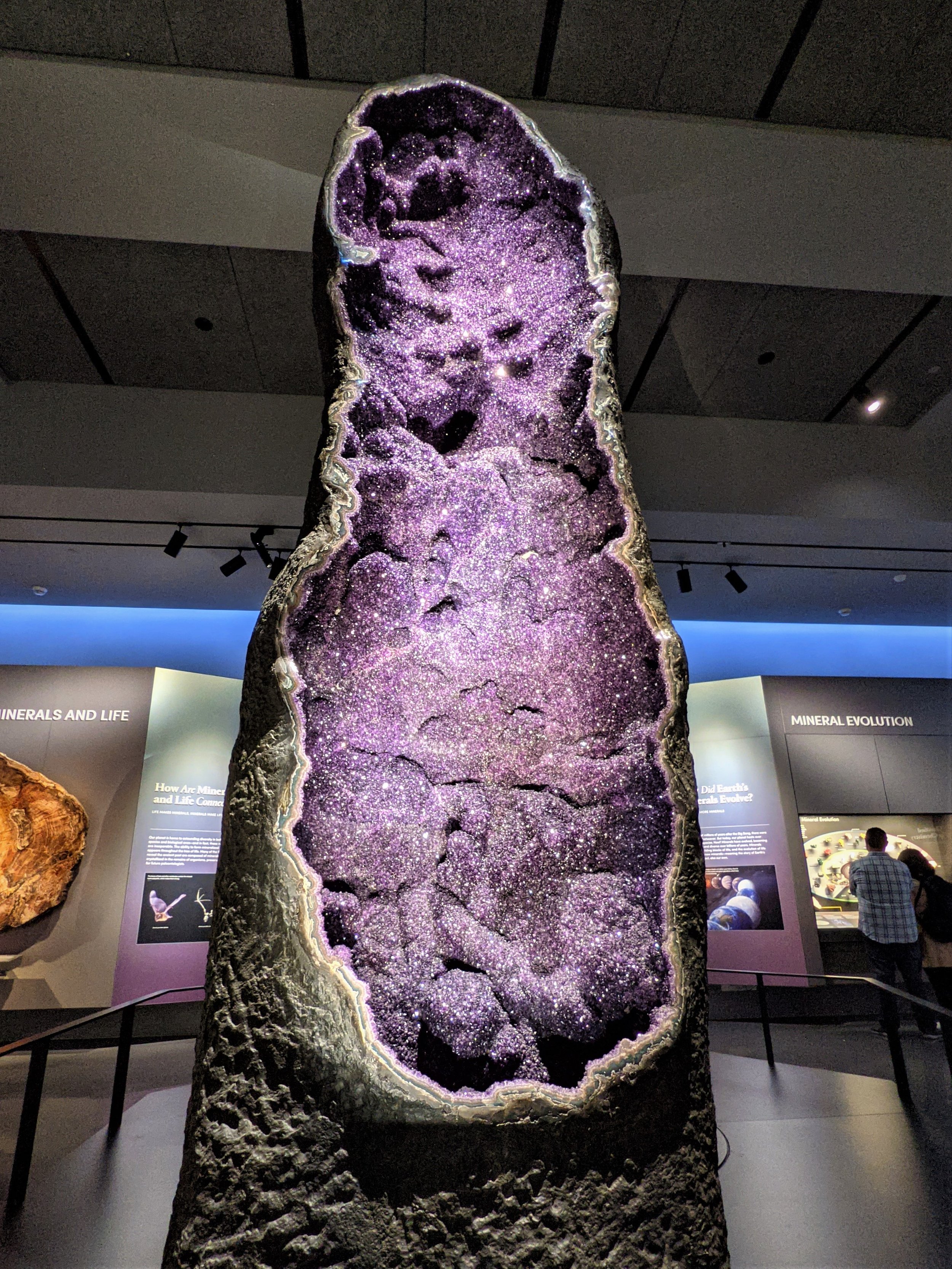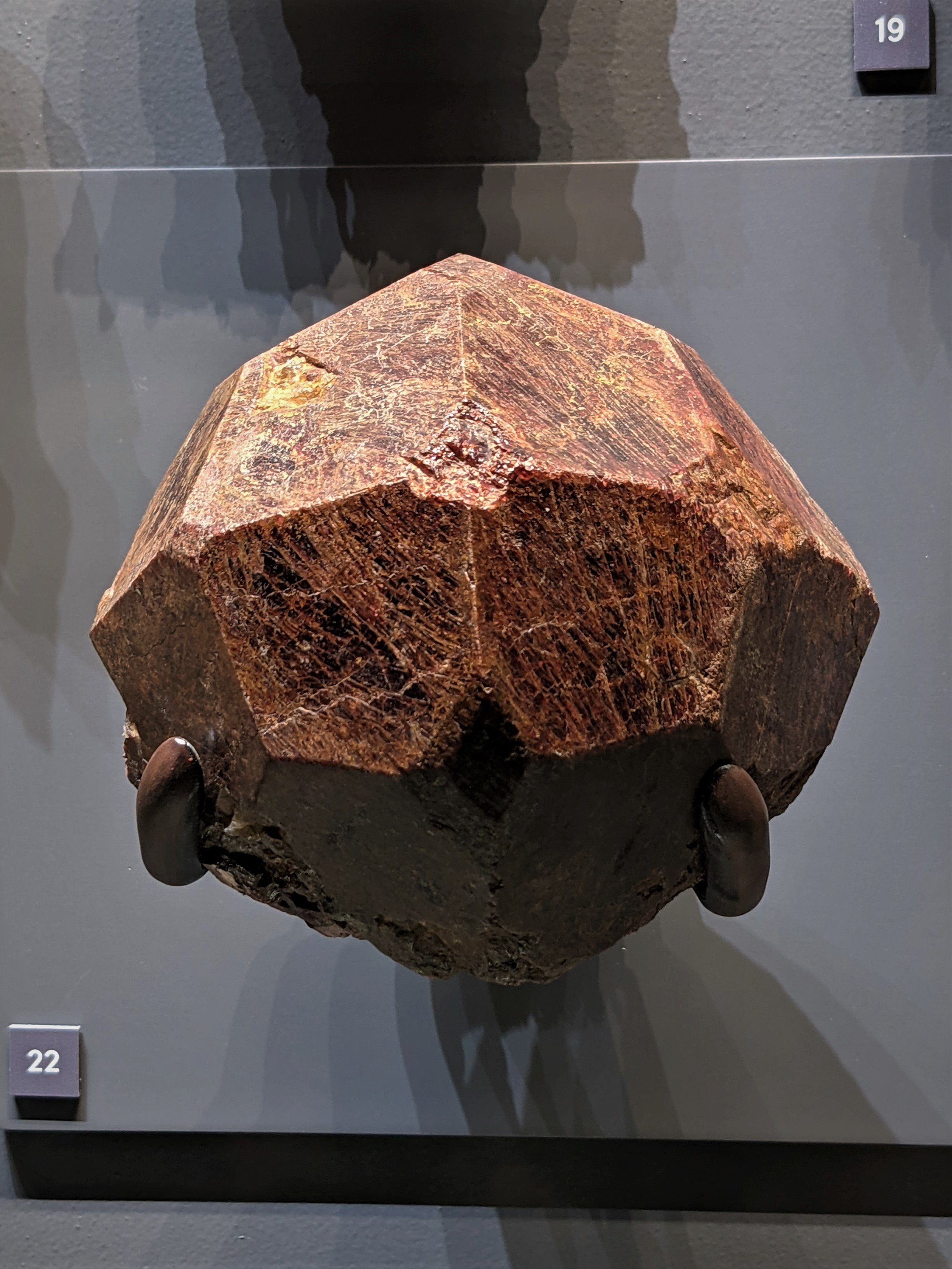Any place that has a long history and a large population has its fair share of ghost stories, and New York City is no exception. The city is home to a wide range of haunted sites, each with a unique and terrifying story. St. Mark’s Church-in-the-Bowery, a historic Episcopal church on the Lower East Side of Manhattan, has the distinction of being haunted by one of New York’s oldest European ghosts. The church was originally built on the estate of Peter Stuyvesant, the last director general of New Netherland and New Amsterdam, which is what this area was called when it was under Dutch colonial control. Stuyvesant, sometimes called “Peg-Leg Pete” due to the fact that he had a wooden leg, is buried beneath St. Mark’s, and was reportedly a stern, short-tempered man. It is not surprising then, that “one of New York's earliest ghosts came back from the grave, so the story goes, to complain about noise.” According to local legend, in 1865, Stuyvesant had become displeased with the growth of the city disturbing his land and his peace. One night, the townspeople were awoken by the sound of the church bell ringing. They raced to the church and found a terrified sexton claiming that the ghost of the former Governor had chased him through the night. Upon examining the church, within which the bell was still ringing, the townsfolk found the door locked. When they finally got inside, they discovered that the bell’s rope had been cut off high in the air, too far up for anyone to reach. They searched the building for whoever had rung the bell, but the only thing they found was a length of rope sitting on top of Stuyvesant’s crypt. Since then, stories abound of Stuyvesant’s ghost lingering around New York’s most haunted church, and some say that you can hear him wandering around, the distinctive tapping of his wooden leg echoing through the building.
The New Hall of Gems and Minerals at the American Museum of Natural History




The American Museum of Natural History is a New York institution, dating back to 1869. Since the 1970s, one of the museum’s permanent exhibitions has been an impressive showcase of gems and minerals. As a part of the museum’s 150th birthday celebration, this exhibition was overhauled, receiving a complete redesign, including a new floor plan, new specimens, and way more information. The new Allison and Roberto Mignone Halls of Gems and Minerals reopened this summer, after being closed for several years. It was well worth the wait, as the new gallery is stunning and full of fascinating educational resources describing “how the vast diversity of mineral species arose on our planet, how scientists classify and study them, and how we use them for personal adornment, tools, and technology.” The new exhibition features everything from huge glittering geodes to multicolored crystal formations and cut precious gemstones. There are specimens from 98 countries around the world, and many from right here in New York. Educational and beautiful, the new exhibition is a must-see part of one of our favorite museums in New York City.
The History of America Starts with People Who Were Here Before Columbus
Top 10 Immigration and Migration-related Sites in NYC
New York City is one of the most diverse places in the world with a rich cultural and immigrant heritage. For those looking to learn more about the city’s (and nation’s) immigration and migration history—including both voluntary and forced migration—we recommend ten locations to visit. We have included both well-known and off-the-radar spots.
Read moreWake
Wake by artist Mel Chin rises up from the plaza in Times Square "like the beached remains of a massive beast." The boat-like sculpture is modeled on the USS Nightingale, a 19th-century expedition and merchant clipper ship that transported coal, cotton, munitions, and tea, and was also used as a slaving vessel before being commandeered by the US Navy during the American Civil War. According to Chin, the USS Nightingale "crystallizes the ways in which the expanding economies of the past are prologue to our current societal and environmental dilemmas." The figurehead is of famous 19th century opera star Jenny Lind, known as the “Swedish Nightingale," whose likeness was featured on many ship prows in the New York harbor, including the USS Nightingale. Through the sculpture, Mel Chin opens "a physical and virtual gateway to the future of human existence, inviting participants to contemplate their place within the world’s transforming climate."



